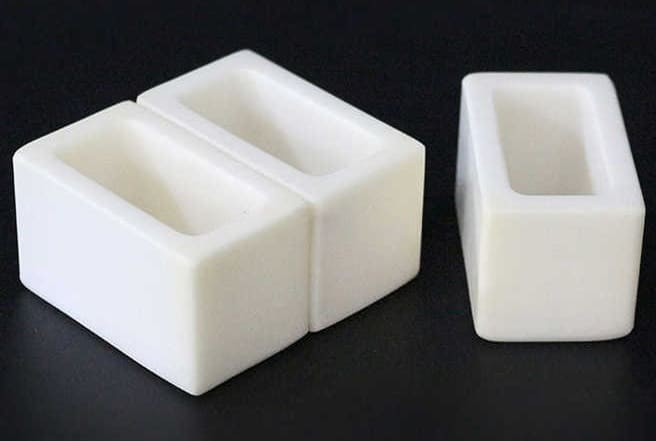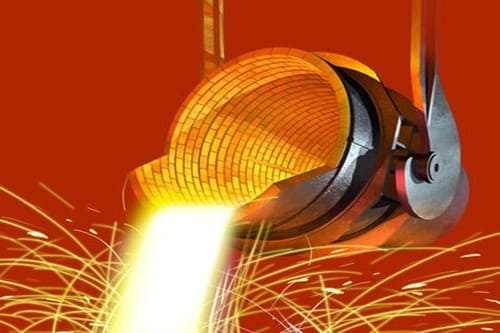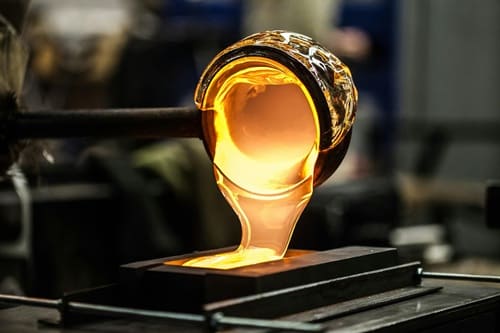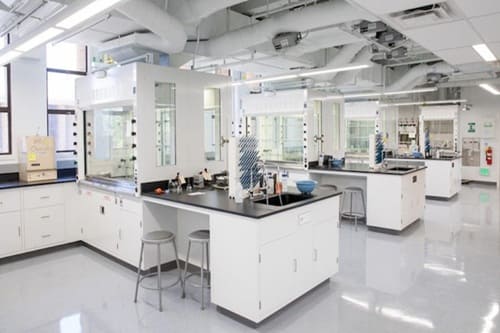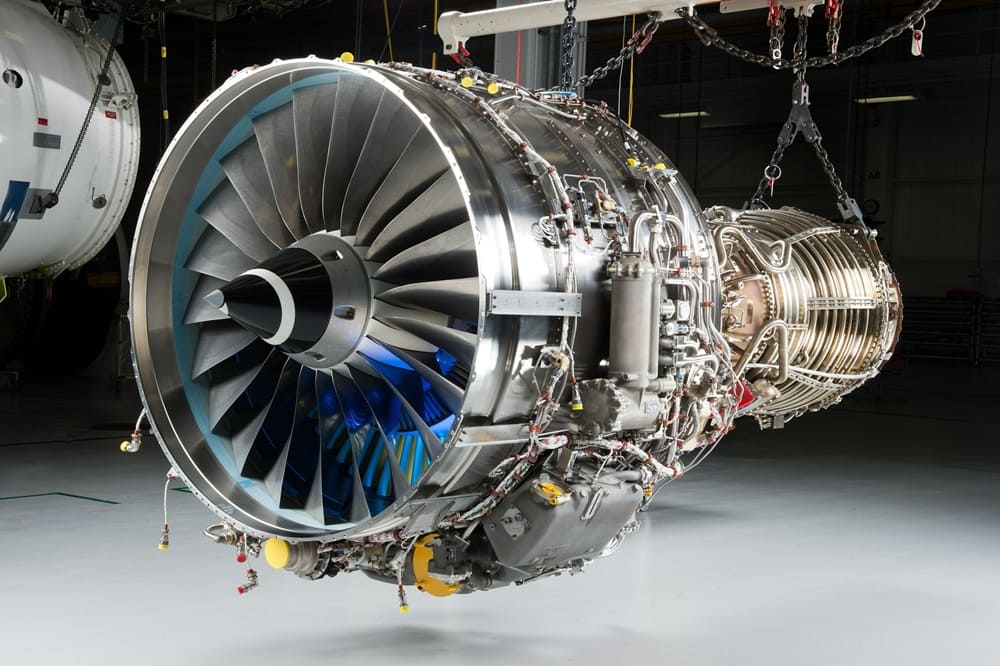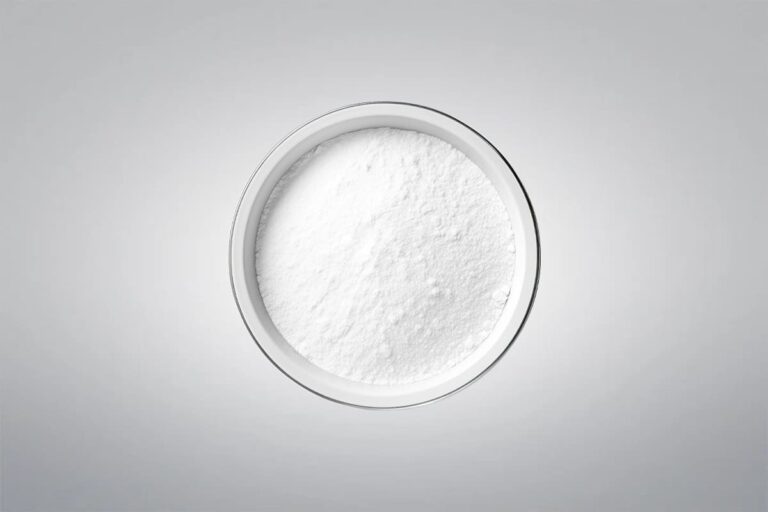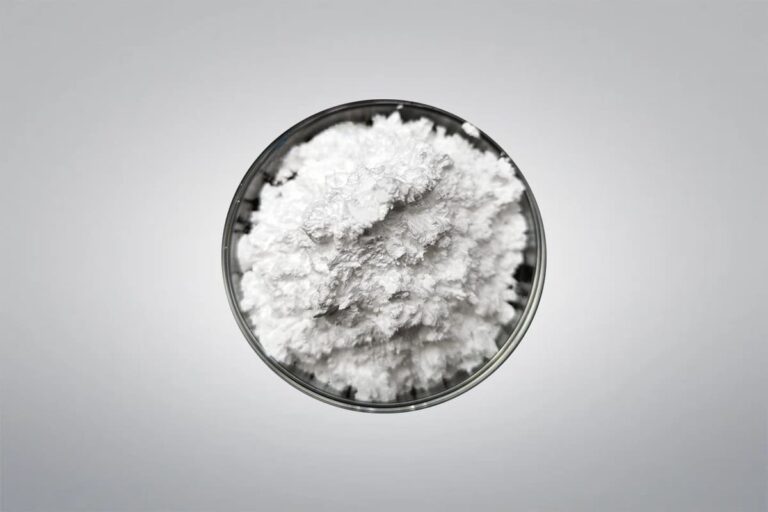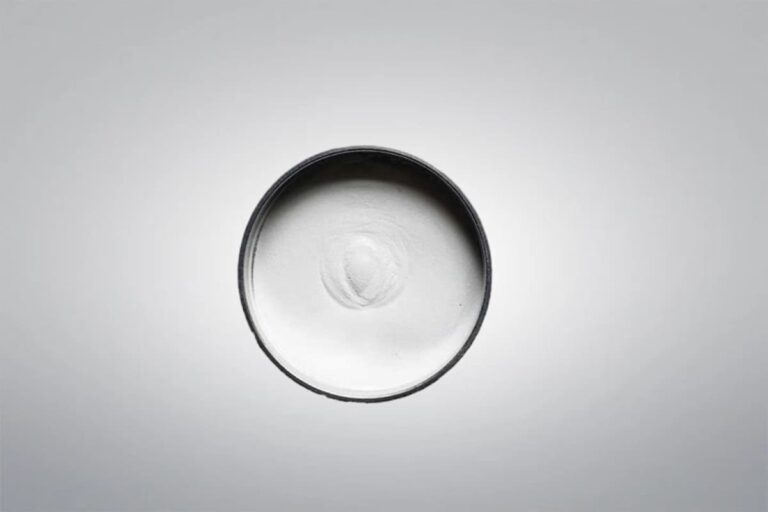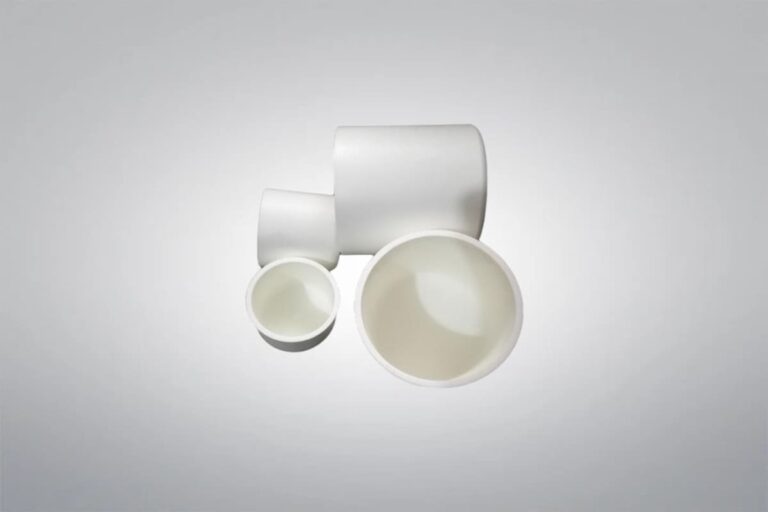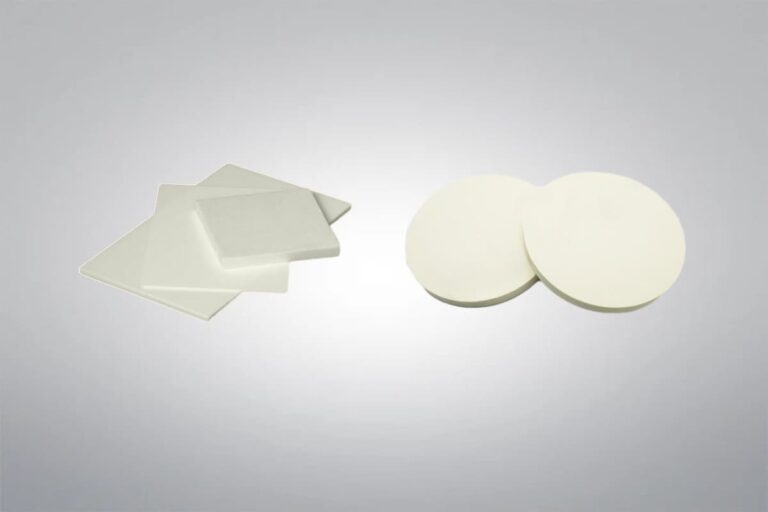Quartz Crucible
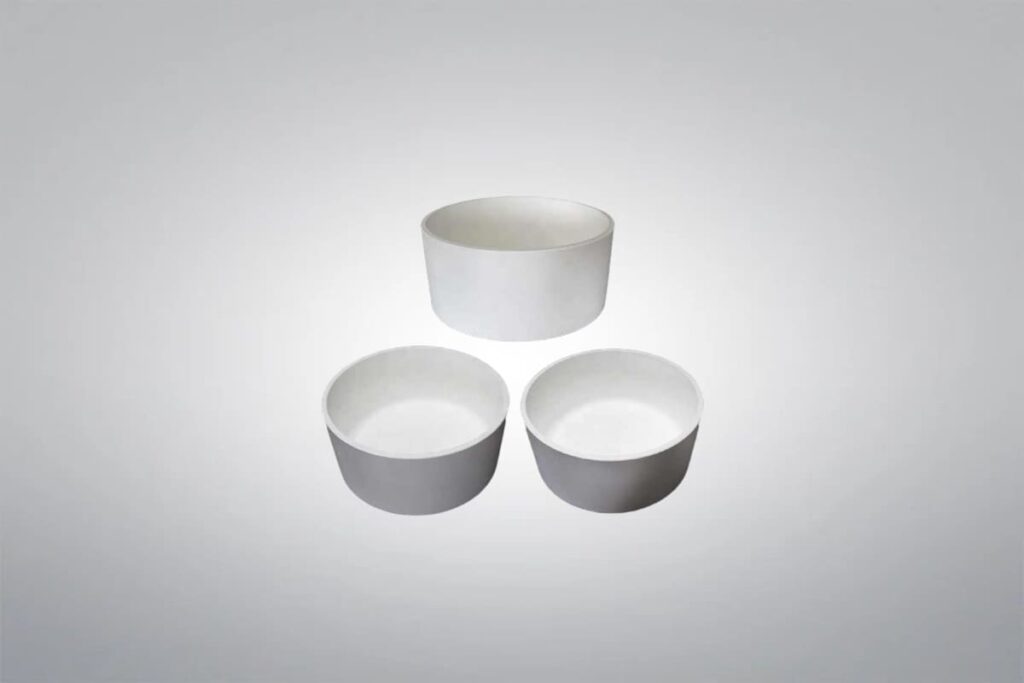
Quartz Crucible
Quartz Crucible are made from high-purity fused silica ceramic with fine microstructure, offering low thermal conductivity, minimal thermal expansion, and high dimensional precision. They maintain shape and strength under extreme heat and exhibit outstanding thermal shock resistance. These properties make quartz crucibles reliable for demanding applications in the glass processing industry, electronics manufacturing, metallurgy, and aerospace. Their strong chemical resistance and electrical insulation further expand their utility in harsh environments where purity and stability are critical. We can supply high-quality quartz crucibles with various specifications and competitive prices, offering customized solutions to meet specific requirements.
Or email us at sales@heegermaterials.com.Quartz Crucible Data Sheet
| Color: | White |
| Shape: | Cylinder, Conical Cylinder, Rectangular, T-shape, or customized. |
| Dimension: | Customized |
| Chemical Formula: | SiO2 |
| Compressive Strength: | ≥ 50 MPa |
| Thermal Expansion Coefficient: | ≤ 0.6 |
| Maximum Temperature (℃): | 1650 ℃ |
| Long-Term Operating Temperature (℃): | 1100 ℃ |
Quartz Crucible Description
Quartz crucible plays a vital role in the solar energy industry, especially in the production of polysilicon for photovoltaic applications. With the rapid growth of solar power, the demand for large, thin-walled square and round crucibles has increased. Thanks to its outstanding thermal stability, resistance to molten silicon and metals like aluminum and copper, and non-contaminating nature, quartz crucible is widely used in polysilicon processing and non-ferrous metal smelting, offering both purity and durability under extreme conditions.
Quartz Crucible Specifications
| Shape | Dimensions (mm) |
|---|---|
| Square | 1100 × 1100 × 550 |
| Square | 878 × 878 × 480 |
| Square | 878 × 878 × 420 |
| Square | 720 × 720 × 420 |
| Square | 585 × 585 × 420 |
| Square | 440 × 440 × 350 |
| Square | 220 × 220 × 95 |
| Round | Φ610 × 420 |
| Round | Φ100 × 300 |
| Customized | Custom dimensions available |
Quartz Crucible Features
- excellent thermal stability with minimal deformation at high temperatures.
- Low thermal expansion coefficient, reducing the risk of cracking during rapid temperature changes.
- High-purity fused silica material ensures minimal contamination.
- Strong resistance to chemical corrosion from molten silicon, metals, and acids.
- Available in both round and square shapes for different industrial needs.
Quartz Window Applications
- Polysilicon Production: Used for melting and recrystallizing silicon in the photovoltaic industry.
- Non-Ferrous Metal Smelting: Suitable for processing aluminum, copper, and other reactive metals.
- Glass Processing: Supports high-temperature operations in specialty and optical glass manufacturing.
- Chemical Industry: Handles high-purity chemical reactions at elevated temperatures.
- Aerospace & Electronics: Used where thermal stability and purity are crucial for component fabrication.
Quartz Ceramic Material Properties
| Purity (%) | >99.8 | >99.5 |
| Density (g/cm3) | 1.9-1.95 | 1.9-1.95 |
| Flexture strength (MPa) | 28 | 28 |
| Compressive strength (MPa) | >50 | >50 |
| Bending strength (MPa) | 25 | 25 |
| Maximum working temperature (℃) | 1650 | 1650 |
| Thermal conductivity (W/m*K) | <1 | <1 |
| Thermal expansion coefficient (/℃) | 8.5*10-7 | 8.5*10-7 |
| number of use | ≥10 | ≥10 |
Quartz Ceramic Material Machining
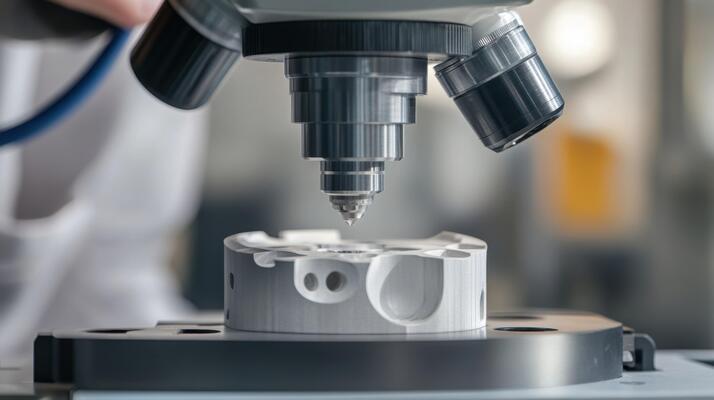
Quartz ceramic material can be machined in its green or bisque state before sintering, making it easier to shape into complex forms. Like other ceramics, it shrinks by about 15–20% during sintering, so this must be considered in the initial design. After sintering, quartz ceramic becomes extremely hard and brittle, making machining very difficult and requiring diamond-coated tools and high-precision equipment.
Machining Methods and Considerations
- Green or Bisque Machining: Quartz ceramic is easier to cut and shape before sintering, making it suitable for intricate designs.
- Sintering Shrinkage: Expect a 15–20% size reduction during sintering, which affects dimensional accuracy.
- Post-Sintering Machining: After sintering, quartz becomes hard and brittle, requiring diamond tools and precise control.
- Fragility: Fully sintered quartz ceramic is prone to chipping or cracking if mishandled.
- Tooling and Time: Machining sintered quartz is slow and requires specialized equipment.
Quartz Ceramic Packaging
Quartz ceramic products are typically packaged in vacuum-sealed bags to prevent moisture or contamination and wrapped with foam to cushion vibrations and impacts during transport, ensuring the quality of products in their original condition.
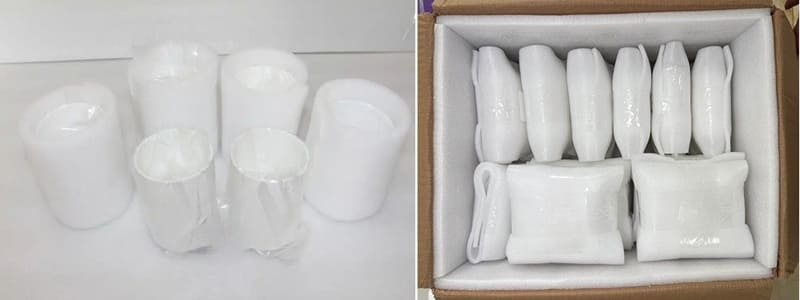
Download
Get A Quote
We will check and get back to you in 24 hours.

